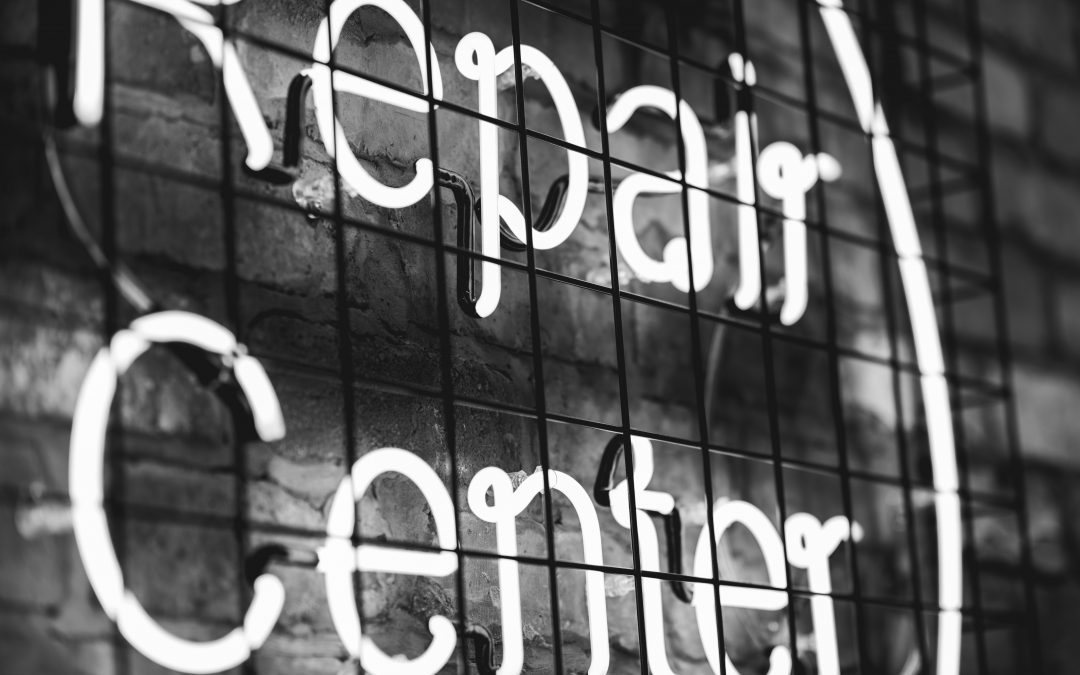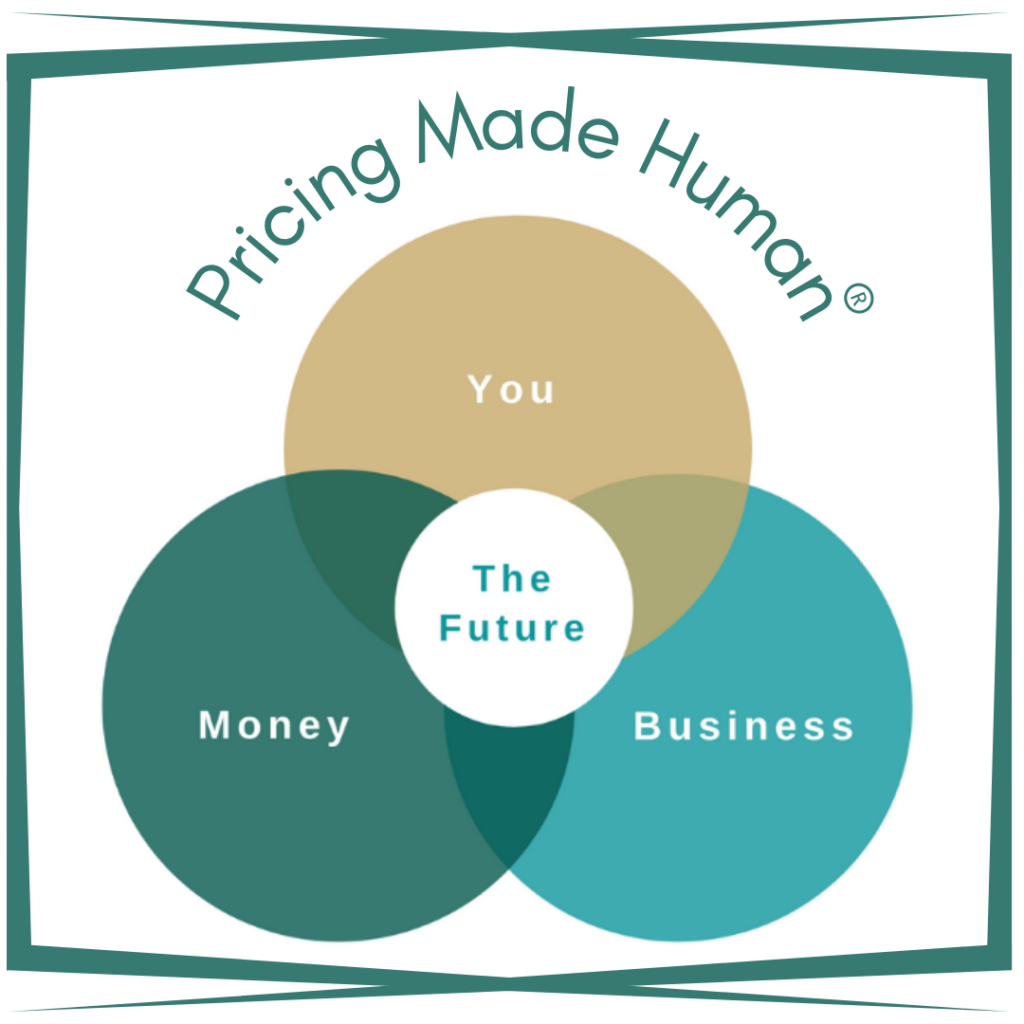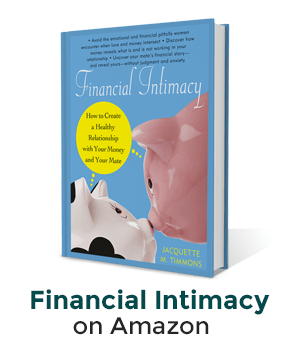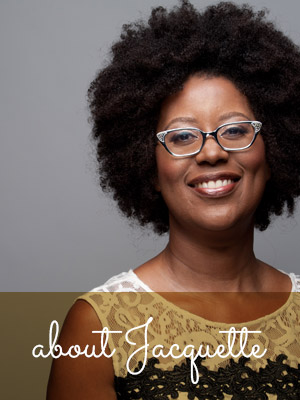Growing up, when I’d share a disappointment with my mother, she’d often respond with, “You win some; you lose some; and some get rained out.” A phrase I am certain stems from her many years as the only female softball umpire in Western New York. (I was so happy that the Cattaraugus County Baseball Umpires Association honored her before she died.)
As an adult, I’ll frequently whisper those words to myself when something goes awry or doesn’t turn out as I wanted. Yes, sometimes, I say it in a flip way to help lighten the moment; most times, though, I say as a way to shift my perception from gloom to contentment.
My mother’s softball inspired phrase reminds me of the role of resilience in your (and my) life.
“Spring back; rebounding. Returning to the original form or position after being bent, compressed, or stretched. Recovering readily from illness, depression, adversity, or the like; buoyant.” This is how the word “resilient” is defined according to Dictionary.com.
Your life, my life, reveals many examples of when we’ve been resilient. Because you and I have endured challenges both large and small. We have experienced setbacks, personally and professionally.
So, that means we have all undergone resilience training.
Yet, how often do you forget about your history with resilience – the tool that helps you manage change and uncertainty – when you’re in midst of your latest setback?
As I shared previously, it’s my opinion that resiliency plays a large role in your (my) well-being – especially when it comes to money. It is what pulls you through to the other side of any problem, difficulty or challenge you encounter, hopefully feeling stronger and healthier.
Resiliency is about action
There is a Quaker adage – “When you pray, move your feet.”
It’s what I have in the back of mind whenever I tell my clients, “You cannot think you way out of a problem, difficulty or challenge.” Yes, you need to contemplate what led to your current situation and be thoughtful about your next moves. But, you must take action!
A few months ago, I talked about bravery and the value of expanding your perspective of bravery beyond just seeing it through the lens of grand, magnanimous acts, but in your everyday micro choices and actions, too. I believe the same is true when it comes to resiliency.
There’s a tendency to recognize when you’ve been resilient — after the fact. The question that best epitomizes this: “Where was I resilient?”
But, wouldn’t it be awesome to have it be a forethought, as well, by frequently asking the question: “Where can I be more resilient?”
To me, the former (aka: where was) question feels reactive and prescriptive; the latter (aka: where can) feels more proactive and *preventative. (*The caveat here is to avoid the trap of believing that being resilient shields you from life’s adversity; it doesn’t. However, it is what helps you take away something positive from the setbacks and disappointments you experience.)
Creating Resiliency
If you agree with me that a part of being healthy means being resilient; if you agree that resilience is one of the most important skills you can have and cultivate, then let’s get better at having a “resiliency” framework.
It starts with…
Self-awareness
From your previous setbacks, you’ve learned a few lessons. What were they? Remember those lessons because they are what will help you to make smarter, better decisions and choices. Remember the skills you discovered; remember the knowledge and experiences you’ve deepened as a result of; remember how the lessons sharpened the focus of your vision.
When you remember the lessons of resiliency that you learned in one area of your life, it makes it easier to apply them to another.
Stay determined
When adversity strikes, it can be easy to focus on the negative or what’s not present (but you wish were). It can also be easy to focus on your mistakes, miscalculations, and weaknesses. Resisting the temptation to stay in this mental state is akin to shifting a negative into a positive – to making lemonade out of lemons.
Think about the last time a life event required you to make “lemonade,” Not as a way of dwelling on what went wrong, but to tap into that power that enabled you to do so. Because if you’ve done it once, you can do it again!
Be creative
If being resilient is all about being able to adapt and grow, then you’ll need to remember that you are a creative being (even if you aren’t artistic). This means you can see the particulars of your adversity in a new light, and, as a result, come up with a previously unknown answer or idea to solve the problem, tackle the challenge or face the difficulty. This takes a combination of focus and flexibility.
As you can see, creating a resiliency framework in three “steps” is simple, right? But following them sure ain’t easy!
And it’s not easy because the “steps” require that you (and I):
- Resist the temptation to believe that taking these suggested steps will shield us from adversity;
- Stay connected and engaged…with ourselves! Focusing on what’s happening “outside” of us is often preferable to focusing on what’s going on “inside;”
- Embrace change and not view resilience as a tool just “to get back to” (even though the definition eludes to this) but, instead, as a tool “to get through to;”
- Remember that resilience is not about controlling the outcome (or results), but controlling how we respond to what happens in our lives and how we move forward.
The other thing that being resilient requires is a whole lot of gratitude!
The specifics of resiliency will look different for each person reading these words. That said, what has been outlined above will help you to answer the question, “Where can I be more resilient?” regardless of the part of your “house” you’re addressing (mental, spiritual, physical, emotional or financial; personal or professional).
What follows below are some specific steps to take to make your financial house more resilient:
- Diversify your income streams (especially if you work as an employee)
- Have a healthy debt to equity ratio (a good rule of thumb taken from stock analysis is 1:2)
- Be more liquid than you think you need to be (if you initially think you only need three months of emergency savings, it probably means you need six)
- Own something – a viable business; investments; property; a patent
It’s all about change
Life is all about change. But we don’t always like it – even when we say we want things to be different. Resiliency is how you manage and adapt to what has changed (or is changing) and the uncertainty that comes with. It is how you shift your perception of the situation and your options.
What happens when you invest the time to approach being resilient as a preventative exercise (rather than as a cure) is that you end up discovering where you’re vulnerable. And, that’s a good thing! Because this is precisely the information you need to know in order to protect and enhance your well-being.





